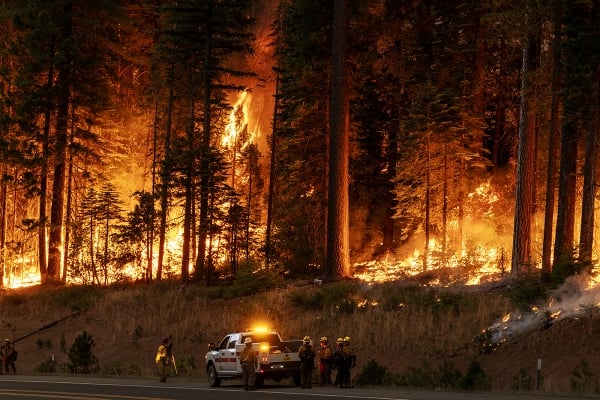Climate change is one of the most pressing issues of our time, and higher education institutions have a significant role to play in addressing this global challenge. As centers of learning, research, and innovation, universities have the potential to lead the way in promoting sustainable practices and mitigating the impacts of climate change.
A recent report titled “Blueprint for Climate Action Across Higher Ed” outlines a comprehensive strategy for higher education institutions to take meaningful action on climate change. The report, developed by a coalition of environmental organizations, academics, and experts in sustainability, offers a roadmap for colleges and universities to reduce their carbon footprint and promote climate resilience.
The blueprint identifies several key areas where higher education institutions can make a difference in addressing climate change. These areas include reducing greenhouse gas emissions, promoting sustainable transportation options, increasing energy efficiency on campus, and integrating climate change education into the curriculum.
One of the key recommendations of the blueprint is for universities to set ambitious carbon reduction goals and develop comprehensive plans to achieve them. This may involve investing in renewable energy sources, implementing energy-saving technologies, and encouraging sustainable practices among students, faculty, and staff.
Another important aspect of the blueprint is the promotion of sustainable transportation options on campus. Universities can encourage walking, biking, carpooling, and public transportation as alternatives to driving alone. By providing bike lanes, bike sharing programs, and discounted public transportation passes, universities can help reduce the carbon footprint of their communities.
Energy efficiency is another critical area where higher education institutions can make significant strides in combating climate change. By conducting energy audits, retrofitting buildings with energy-efficient technologies, and adopting sustainable construction practices, universities can reduce their energy consumption and lower their carbon emissions.
Additionally, integrating climate change education into the curriculum is essential for creating a culture of sustainability on campus. By offering courses, workshops, and research opportunities related to climate change and environmental sustainability, universities can empower students to become future leaders in the fight against climate change.
In conclusion, the “Blueprint for Climate Action Across Higher Ed” provides a roadmap for higher education institutions to take meaningful action on climate change. By setting ambitious carbon reduction goals, promoting sustainable transportation options, increasing energy efficiency on campus, and integrating climate change education into the curriculum, universities can play a significant role in addressing this global challenge. It is imperative that colleges and universities commit to implementing the recommendations outlined in the blueprint to create a more sustainable and resilient future for all.



